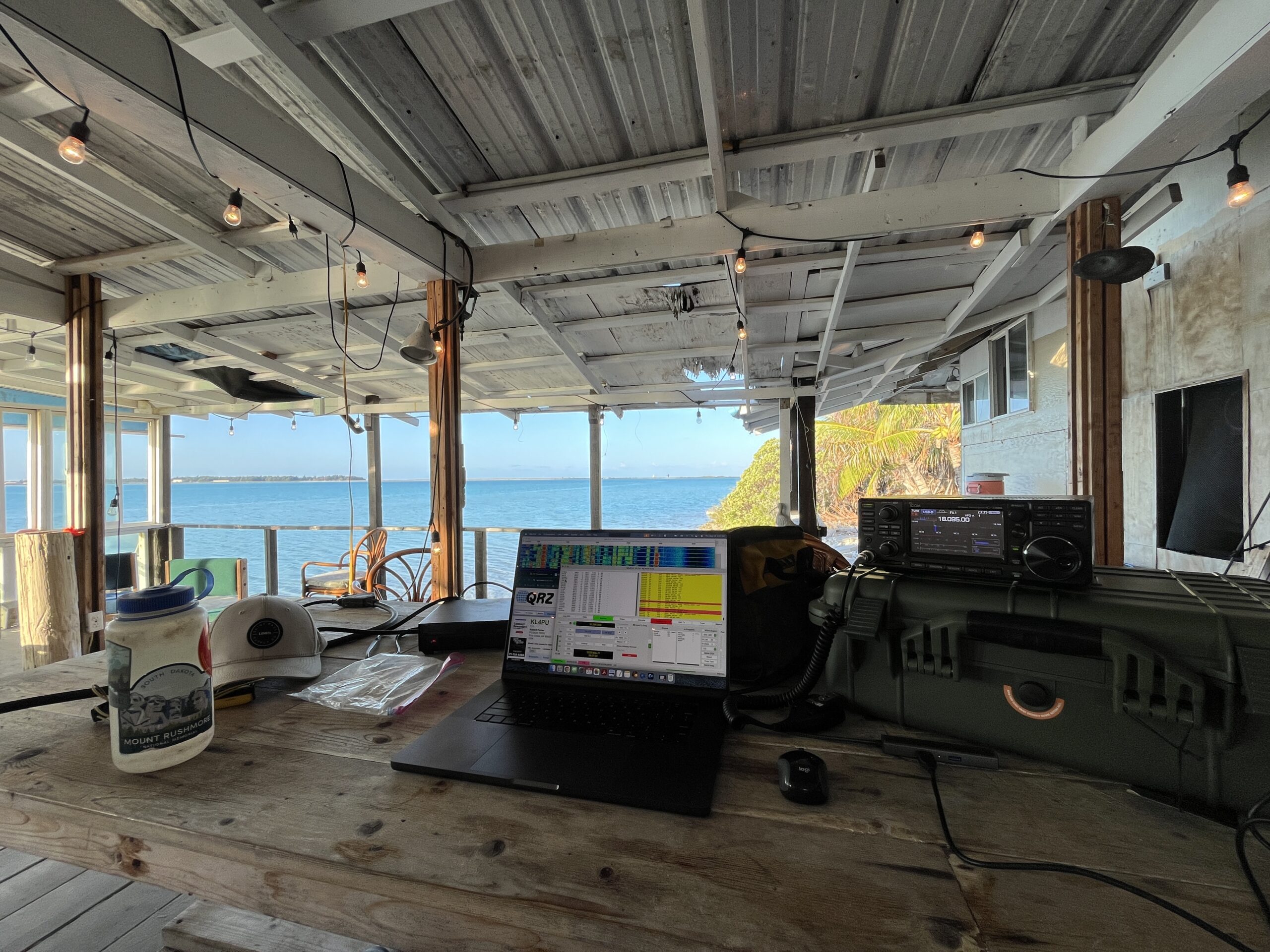FT8 Slowdown: Blame the Solar Storms
This past week or so has been odd on the airways. The previous week’s FT8 sessions were ridiculously busy, netting thousands of contacts. This past week, not so much. The slow down was mostly due in part to unfavorable radio conditions caused by solar activity wreaking havoc on the bands. Being new(er) to FT8, I had hoped the magic of WSJT-X’s weak signal decoding would overcome the solar storm chaos. It seems my expectations were too high.
Don’t get me wrong, I still made many contacts, just not at the volume I had seen the week prior. This week I painfully watched the software make many more repeat attempts to callers who apparently were unable to decode my reports. The slow-going pace of this mode made my overactive personality cringe. Watching those minute-long QSOs stretch into even longer exchanges was… painful. To see the software timeout on too many callsigns after four attempts to hail them was disappointing.
That’s where I’m curious how other people who work piles pick which people to respond to first. Some stations come booming in (>+20 dB), yet seem deaf to my replies. Is their station antenna pointing the wrong way? Is there interference on their end? Is my signal getting interfered with? I’m not sure. Then sometimes I have stations that seem slightly degraded (-10 or lower signal level) who reply the first time and report a strong signal level from my station. I know the signal level reports do not matter in regards to whether the contact is valid or not, just the slow going this week allowed me time to ponder these non-life-altering questions.
Testing the Waters with SuperFox
Looking forward to more optimal conditions in the weeks ahead I decided to do something super duper. I requested and was granted a SuperFox key for use with WSJT-X. Be on the lookout on my Upcoming Activity page for dates, times and specific frequencies I will be testing and using that on. It was recommended to me to start with SuperFox and change to Fox-Hound mode once I get through the “louder” portion of the pile up. While SuperFox looks super from the videos I have seen, it is useful up to a point. It seems FH is superior for digging out those much lower signal levels.
Wake Island is Sinking?
Shame on me for such scandalous insinuation. It is, but not physically, well I hope not any time soon. What I am referring to is Wake’s ranking on the “Most Wanted DX List”. I wish I had checked where it was when I arrived back in November, 2024, but I did recently notice it drop down two spots from #28 to #30. Let’s keep that ball rolling if you please. There are close to 13,000 QSOs in my /KH9 logbook. I hope to double that by year’s end and I know by adding FT8 to the arsenal that makes it a realistic, if not low, goal. My ultimate goal would is to just be able to call CQ and have a normal conversation with people. That is my motivation for sinking Wake Island on the most wanted list. With time, effort, and your persistence and patience we will get there.
A New General in the Ranks?
Lastly, my colleague here, Richard (KR4CDI), has been diligently studying to upgrade to a General class license. Knowing Richard I expect he will easily pass that test and will open up all those bands for his enjoyment. It has been fun to watch the HF magic secure its grasp on him while he’s been on 10m meeting people from around the world. Bring on the pileups, but go a little easy on him. At least easy on him at first…
73,
Allen
PS, check out this photo I put together. I am by no means a graphic artist but I love photograph and dabbling with things creatively. This was my attempt to work with ‘masking’ letters to allow other pictures through on the image. Wake Island’s 8″ gun in the surf on Peale Island is the main subject.



Leave a Reply